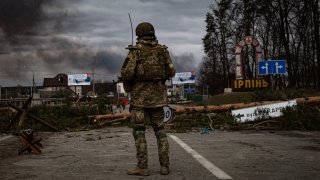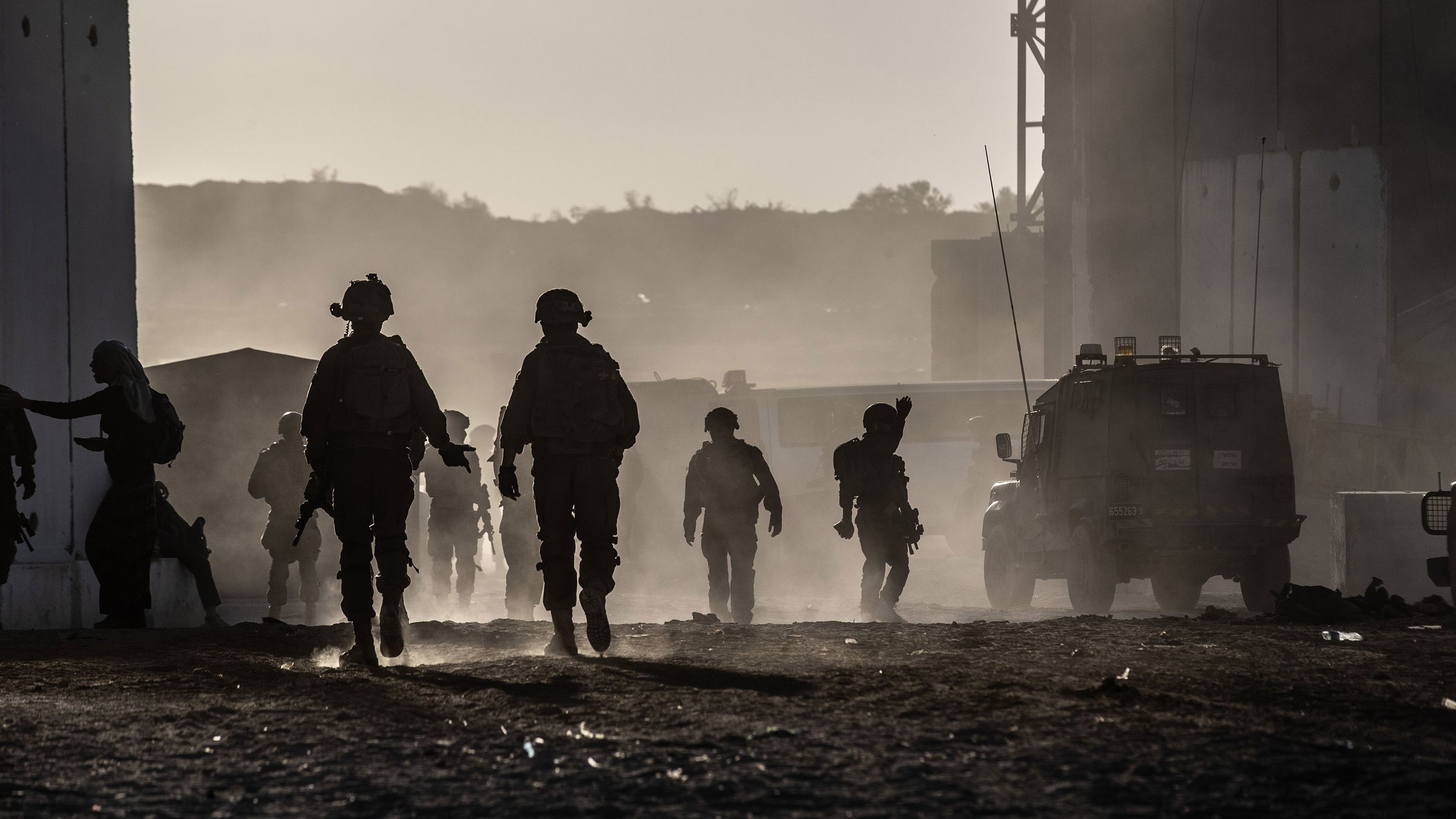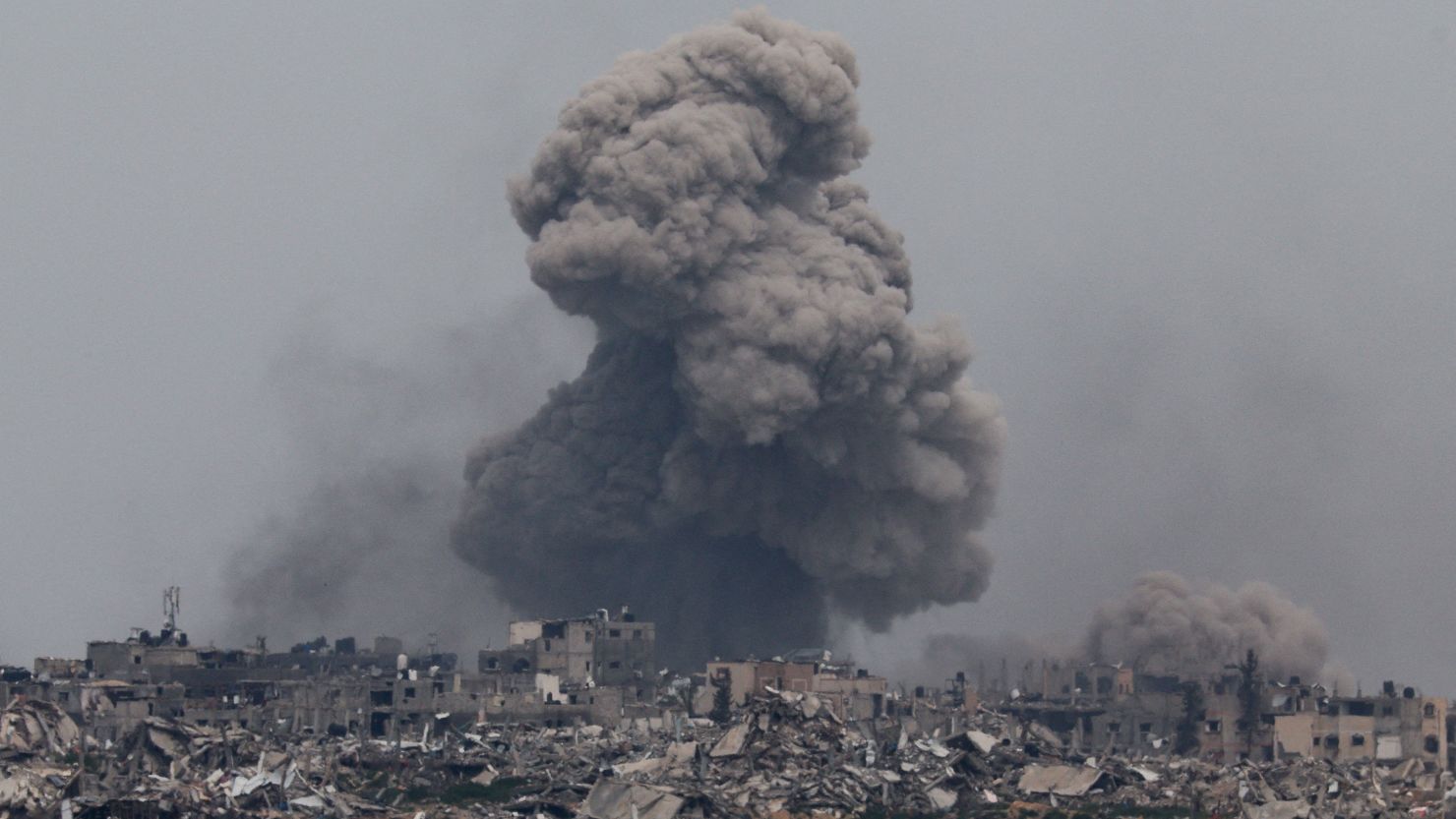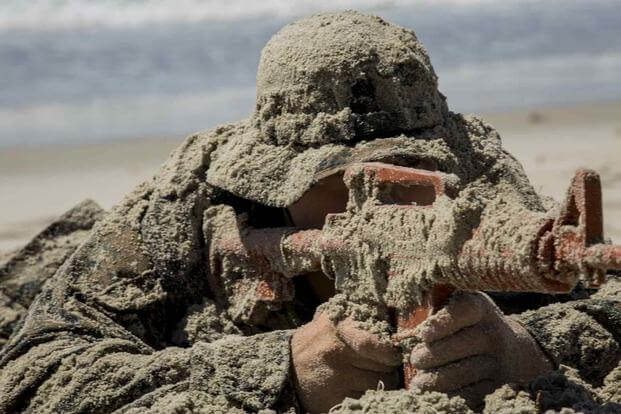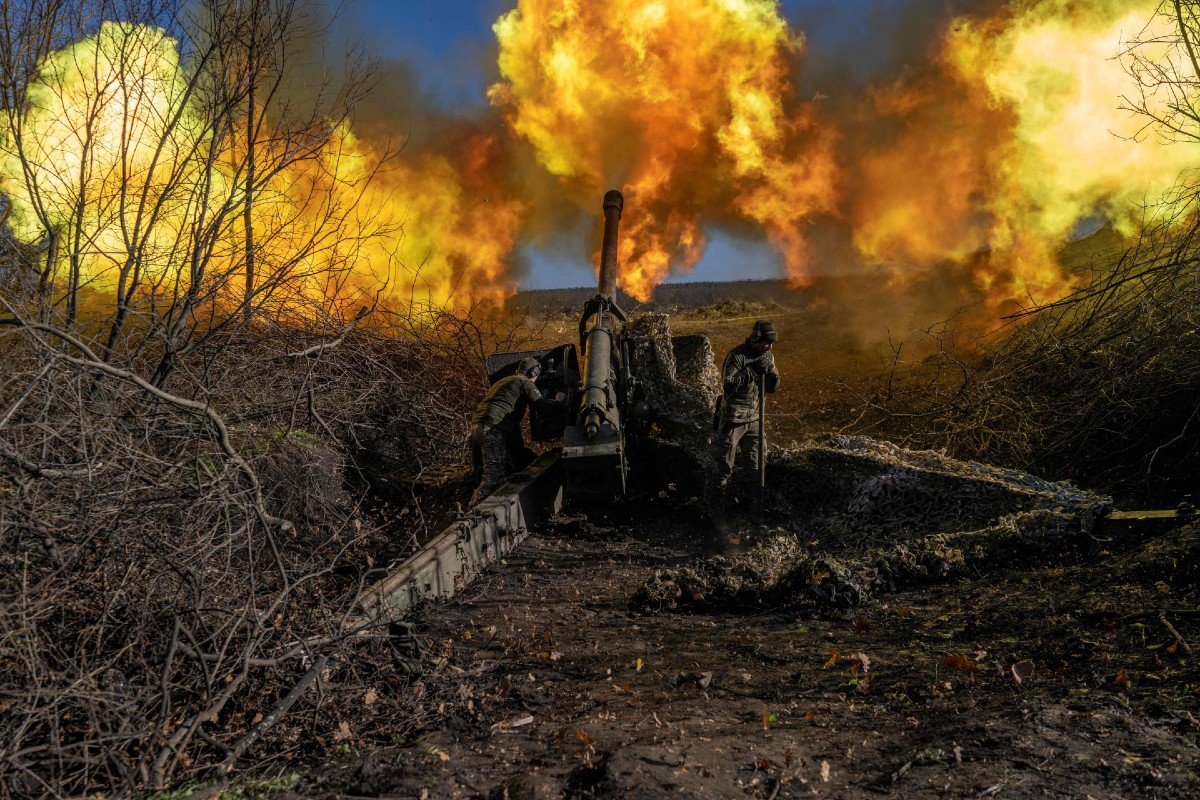Dalia Dassa Kaye
On April 1, Israel launched its latest attack on Iran in the two countries’ ongoing shadow war, with an airstrike that flattened a section of Iran’s embassy complex in Damascus and reportedly killed at least 12 people. Among the dead was Mohammad Reza Zahedi, who headed Iran’s military operations in Syria and Lebanon, where he worked for decades and became a close interlocutor with Hezbollah and its leader, Hassan Nasrallah. The strike also killed Mohammad Hadi Haji Rahimi, Zahedi’s deputy, and at least five other officers in Iran’s Islamic Revolutionary Guard Corps (IRGC).
Israel crossed a new line with the strike on Iran’s diplomatic compound, which Iran and many other governments see as tantamount to striking Iranian territory itself. The decision to target high-level officials at that location may reflect the Israeli government’s belief that now is its moment to act against Iranian military targets, wherever they may be, with relative impunity. From Israel’s perspective, Iran is constrained enough that it will be unlikely to respond in ways that could lead to an uncontrollable outbreak of regional war. That is, Israel may view the Gaza war as expanding rather than constraining its room to maneuver against Iran and its allies. If that is the case, it’s possible that the Israelis are underestimating the unpredictability of the current regional climate. The attack may prove to be a miscalculation that leads to dangerous outcomes, not just for Israel but also for the entire region. OUT OF THE SHADOWS
Israel’s campaign against Iranian-linked targets in Syria did not start after Hamas attacked Israel on October 7, even if Israel’s strikes appear to have intensified since the war in Gaza started. Israel has been engaged in what Israeli security experts have dubbed a “campaign between the wars” in Syria for over a decade, part of a sustained effort to degrade Iranian-linked militia groups. The scale and nature of Israeli attacks have shifted over the years from a focus on striking Iranian weapons transfers and munition sites to a more targeted campaign to kill key operational and intelligence leaders in Iran’s network, including increasingly senior Iranian military personnel.
Indeed, the latest strike follows a pattern of Israeli attacks on high-value Iranian targets in Syria and beyond in recent months. Iran accused Israel of killing a top IRGC commander in an airstrike in Damascus in December, and the following month an Israeli airstrike there killed an Iranian intelligence head and several other IRGC members. In February, Israeli air attacks in Damascus again targeted senior members of the IRGC as well as Hezbollah, which has also faced an uptick in Israeli strikes.
Since the start of the war in Gaza, Israel has killed senior Hezbollah commanders in Lebanon and at least 150 Hezbollah fighters in response to multiple Hezbollah drone and antitank missile attacks on northern Israel. Israeli Defense Minister Yoav Gallant acknowledged in February that Israel had “stepped up” attacks on Hezbollah with heavier bombs and targets deeper into Lebanese territory. Israeli forces also killed the deputy head of Hamas, Saleh al-Arouri, in a drone strike in Beirut in early January, marking a clear escalation; previous Israeli strikes were largely contained to the border area between Israel and Lebanon. On March 29, Israeli airstrikes killed dozens of Syrian soldiers and Hezbollah militants near Aleppo.
Although Israel has been striking Iranian targets in Syria for years, its attacks since October 7 are taking place at a time when the entire region is on edge. The Iranian-backed, Yemeni-based Houthi militant group remains undeterred from attacking international shipping through the Red Sea. Iranian-backed militias in Syria and Iraq have targeted U.S. forces. Meanwhile, continued clashes between the Israel Defense Forces and Hezbollah have displaced tens of thousands of civilians on both sides of the Israeli-Lebanese border. To be sure, it is not yet an all-out regional war, but military escalation continues on all fronts, and any lulls in violence are likely to be temporary as long as the bloodshed and humanitarian catastrophe in Gaza continue. In this dangerous environment, there is an increasing risk that Israeli strikes on Iranian targets will lead to blowback.
A PAPER TIGER?
After Hamas’s unprecedented attacks on October 7, Israel could have scaled back its wider regional campaign against Iran as it focused on the imminent threats emanating from Gaza, particularly given that Hezbollah did not appear eager to join Hamas’s fight. Israel could have adjusted its regional campaign in light of the increased regional volatility, especially in view of the strong U.S. desire to contain the war and avoid a direct confrontation with Iran, a preference shared by Israel’s Arab neighbors.
But Israeli Prime Minister Benjamin Netanyahu and his emergency war cabinet appear to be choosing a different route. Six months into the war, Israel is doubling down on its regional campaign. This is the logical extension of what Naftali Bennett, then Israel’s education minister, dubbed “the octopus doctrine” in 2018. Israel believes it needs to confront Iran directly and not just go after the proxy forces that serve as its enemy’s tentacles throughout the region. Following this strategy, Israel must hold Iran accountable for the actions of its regional militias, even if Iran has varying degrees of control over the different groups in its decentralized network. There is strong support from the Israeli public and across the Israeli political spectrum for this approach.
Some observers believe that Israel is trying to provoke Iran into war. But the opposite logic may be playing out. Israel may be making the bet that Iran is more restrained and boxed in now because it is wary of retaliatory actions that could spark a direct Israeli attack. Israel sees Iran as being in a vulnerable political and economic position, even as many analysts believe that Iran has been bolstered by the Gaza war and its increased military alignment with Russia. Policymakers and analysts have debated Iran’s ability to respond to attacks ever since the United States killed General Qasem Soleimani, commander of Iran’s Quds Force, in 2020. A common narrative within Israel is that Soleimani’s assassination revealed that Iran is a paper tiger: after promising to avenge Soleimani, the Iranians ultimately did very little. The competing interpretation is that the Soleimani killing in fact fostered increased militancy and threats against both Israel and the United States. The expanded capacities of Iranian-backed militant groups in recent years suggests that Soleimani’s killing did not fundamentally deter or diminish the ability of Iranian-backed actors to cause considerable damage across the region.
Israel crossed a new line with the strike on Iran’s diplomatic compound.
But Israel is not wrong in its observation that after the onslaught of Israeli attacks in Syria and Lebanon over the past six months, Iran and Hezbollah have done little to retaliate. The Israelis may view this moment, when they still have the full backing of Washington and already believe the world is against them, as an opportunity to further weaken Iran and its regional allies. Israel may feel confident that it can push boundaries without provoking Hezbollah or Iran into a direct war. In other words, the Israelis may not be escalating their military strikes to provoke Iran to directly enter the war; they might be escalating because they think the Iranians are likely to stay out.
A similar logic may be guiding Israeli calculations regarding Washington. Israel may believe it can keep pushing the limits on military escalation because it expects the United States to stay out of its way or may even tacitly support Israeli actions against groups that also threaten U.S. interests. The Biden administration’s track record of supporting Israeli military actions since October 7 would seem to bolster such assumptions. Despite the unease the Biden administration has expressed about the Israeli campaign in Gaza, U.S. military and political support for Israel remains unchanged.
FLIRTING WITH DISASTER
By assuming that it faces few constraints as it tries to weaken Iran and its proxies, Israel is taking a significant risk. Iran may feel the need to respond at some point against Israel directly, and it appears to be facing increasing pressure at home to do so. Reports of foiled Iranian plots to attack Israeli diplomatic facilities and civilians abroad suggest that Iran’s failure to retaliate directly against Israeli interests isn’t for lack of trying. Iraqi militia forces are already starting to attack Israel, launching a drone attack on an Israeli naval base in Eilat the night before Israel’s latest strike in Damascus. The Houthis in Yemen have aimed missiles at southern Israel as well.
Israel might see such risks as manageable. But an increased sense of impunity is not just a risk for Israel; it’s a dangerous posture that could directly endanger American interests and lives. After previous Israeli attacks on Iranian targets in Syria before the Gaza war, Iran chose to retaliate against U.S. troops through its militia forces in Iraq and Syria. Starting in 2021, Iranian-backed groups launched more than 80 attacks on U.S. forces, until an informal de-escalation deal was reached between Iran and the United States in mid-2023. After the war in Gaza began, attacks on American forces resumed, and with more intensity. In January, an Iranian-backed militia in Iraq carried out a drone attack that killed three U.S. military personnel in Jordan. In response, the United States launched a series of retaliatory strikes against Iranian-backed groups in Iraq and Syria. Since the American attack, there has been a lull in violence against U.S. troops in the region. Now with the Israeli strike in Damascus, this pause may be in jeopardy. Within hours of the Israeli strike, U.S. troops stationed in Syria shot down an attack drone flying nearby.
The Gaza war seems to be reinforcing already strong Israeli incentives for more, not less, military escalation with Iran. Israeli leaders have been working under the assumption—both before and after Gaza—that the conflict with Iran can remain contained as Israel accomplishes its goals of degrading the Iranian axis while improving ties with Arab states similarly wary of Iran. Those assumptions were flawed even before October 7. But in the midst of a sustained assault on Gaza and the killing of Palestinian civilians at a previously unimaginable scale, Israel is playing with fire. The risk is that, at some point, Israel will pay a higher price for its attacks than it anticipated. And in that scenario, it is likely that the United States will pay as well.
 India is rapidly approaching its 18th general election, and as the campaign for votes gains momentum, a serious apprehension is growing in a section of society and the academia that this might be the last election the country will see under the present constitutional framework; and that if the Hindu nationalist Bharatiya Janata Party (BJP) under Prime Minister Narendra Modi, wins a third consecutive term, then the government will change the constitution.
India is rapidly approaching its 18th general election, and as the campaign for votes gains momentum, a serious apprehension is growing in a section of society and the academia that this might be the last election the country will see under the present constitutional framework; and that if the Hindu nationalist Bharatiya Janata Party (BJP) under Prime Minister Narendra Modi, wins a third consecutive term, then the government will change the constitution.



